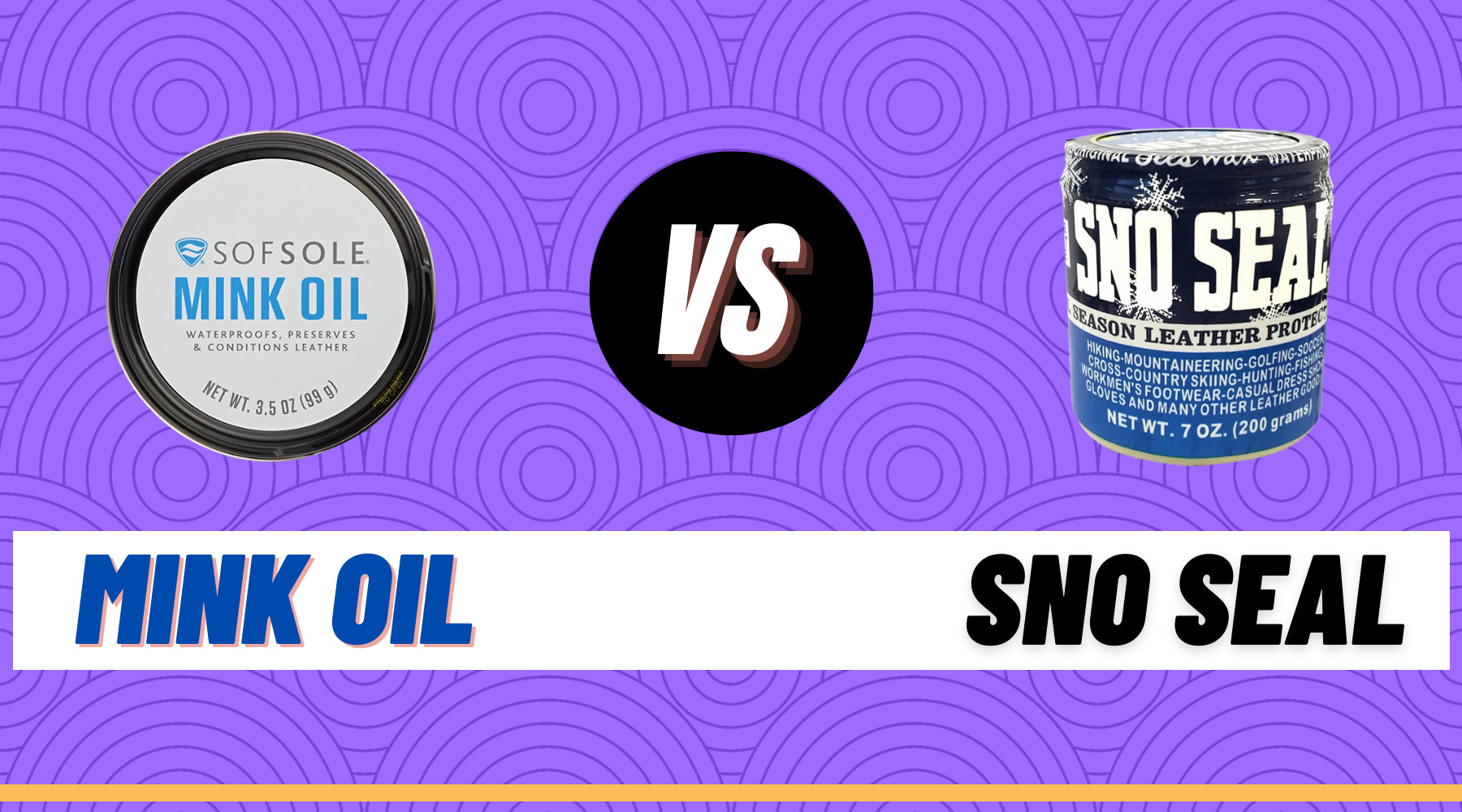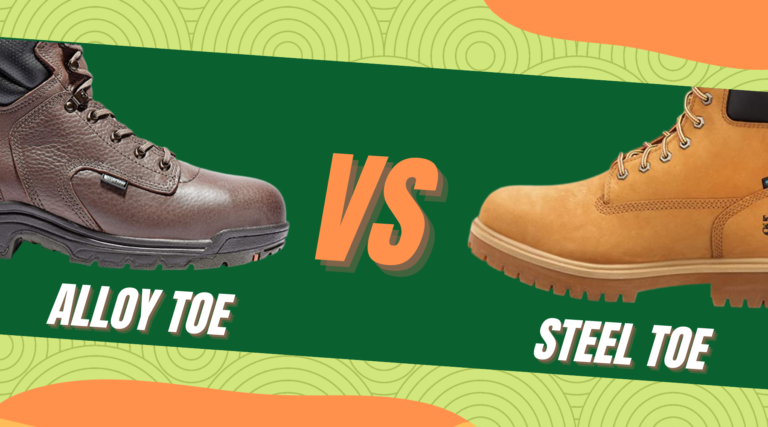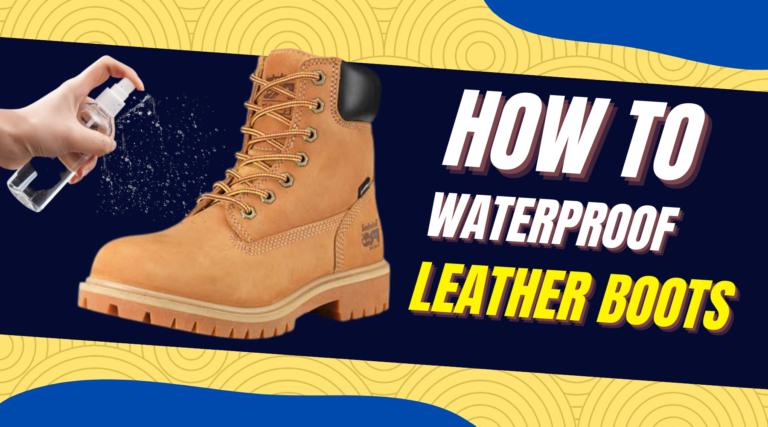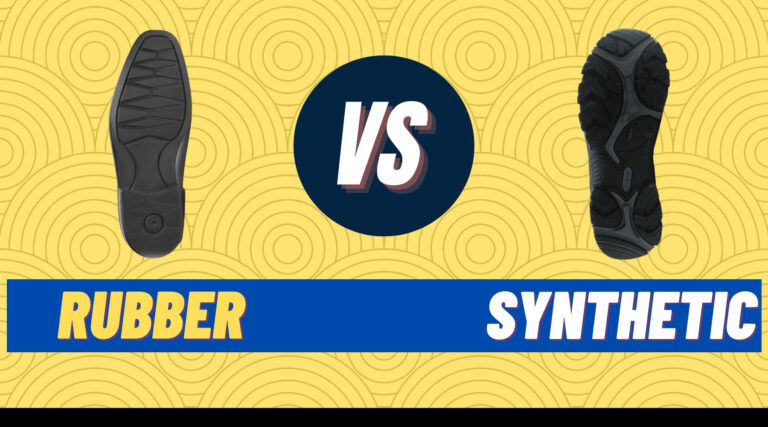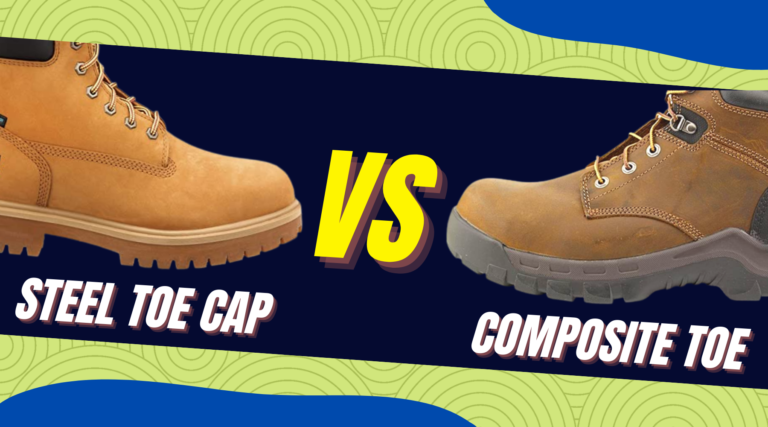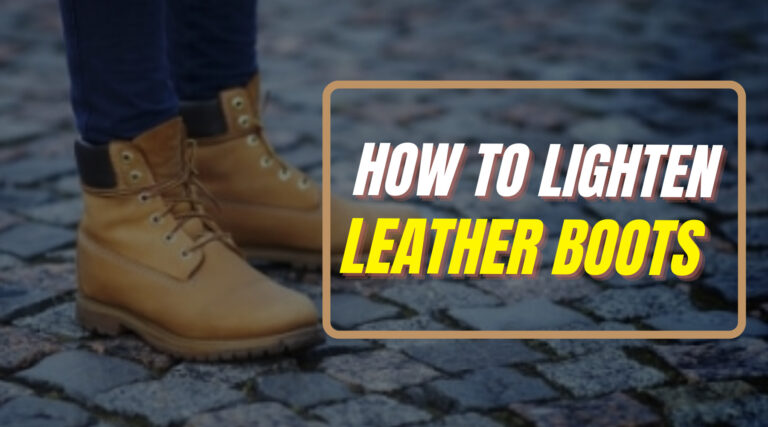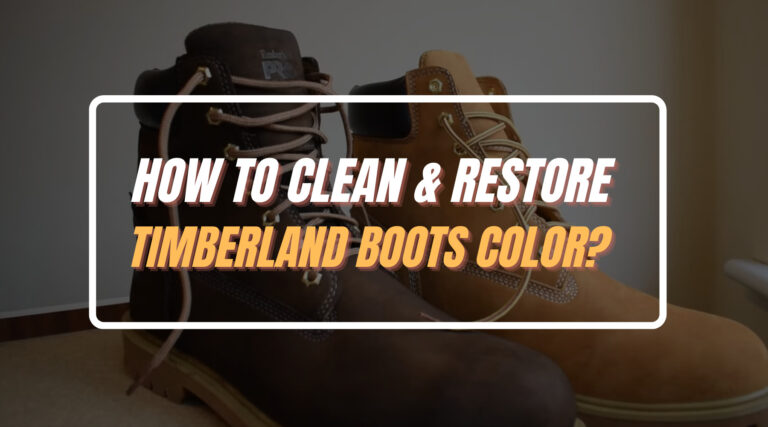Mink Oil vs Sno Seal Beeswax – Which One To Choose?
Good leather shoes are not easy to come by, so their protection, conditioning, and preservation are as important as their looks. But, Beeswax or Mink oil, which product is your perfect partner?
I have discussed a lot about mink oil, its benefits, pros, and cons, in previous blogs. But, in this article, I will compare it to the good, old, and traditional Sno seal beeswax. So, let’s begin the hunt for your best-suited partner and read till the end to know the difference between Mink oil and Beeswax.
Table of Contents
What Is Beeswax?
Beeswax is formed by wax from the honeycomb, pollen oils, and other waxes. It is one of the oldest used substances for preserving and storing leather products. Beeswax is also used for cosmetics, home remedies, and other purposes.
A layer of wax forms on the leather, seeping into the pores and protecting it from dyes, water, and dirt particles. Thus, it acts as an effective resistance and protector.
Raw beeswax is hard to get by and quite tricky to use; thus, I suggest you get your hands on Sno Seal beeswax, which does the job quite well.
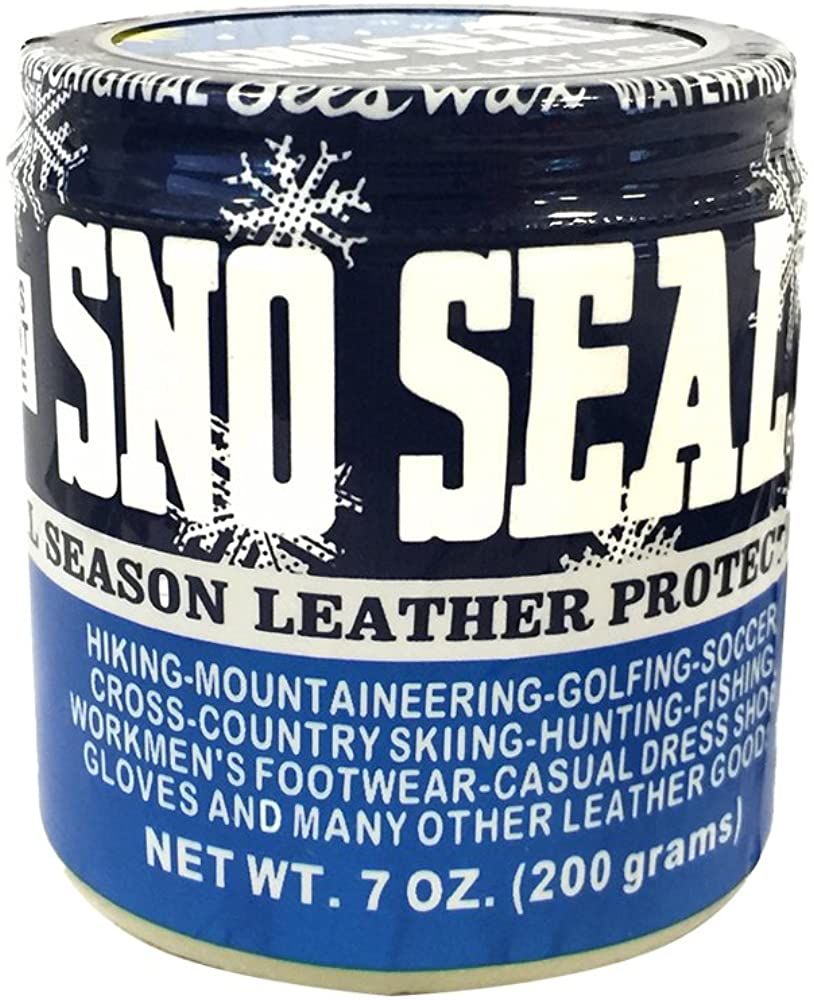
Sno Seal ingredients mainly contain raw beeswax mixed with some oils to get the product to perfection. You might wonder, is Sno Seal good for leather boots? The answer might shock you, but it is actually the BEST boot wax to waterproof your shoes for a long time.
A little of the product goes a long way as you only have to use it twice every year. You might want to check Sno Seal reviews on Amazon. Let’s see how to use Sno Seal on your leather boots.
How To Apply Sno Seal To Leather Boots?
Applying Sno Seal is as easy as a piece of cake. You just have to get a good hands-on pair of gloves, a blow torch or hairdryer to preheat the shoes, and a stove to melt the beeswax.
All the preparations are done, and now it is time to apply Sno Seal to your leather boots.
- Step 1: Heat the Sno Seal product, so the beeswax melts.
- Step 2: Heat your boots with a hair dryer or blow torch for easy application.
- Step 3: With your gloves, take almond size amount of Sno Seal and rub it on your shoes (go back to the product as needed)
- Step 4: Use clockwise and anticlockwise motions to rub in the product.
- Step 5: Make sure to rub the product in seam strips, heels, and edges of your leather.
- Step 6: Let your boots dry and reapply the product if needed.
Warning: Sno seal on suede can damage the fibers and colors; thus, its usage is not recommended.
Read Also: Neatsfoot Oil vs Mink Oil
Difference Between Beeswax & Mink Oil
Mink oil comes from the fatty layer under the fur of minks, while beeswax for boots is a product formed by mixing bee pollen oils. Thus, both of the products show different results on leather boots. But, beeswax vs mink oil, which will steal the show?
Let’s find all the details below:
1. Cleaning
If you are looking for something to clean your boots with then I am sorry both of them are not meant for this purpose. Thus, you may want to clean the leather with saddle soap before using mink oil or beeswax.
Related: Saddle Soap vs Mink Oil
2. Conditioning
As Mink oil is made from oils, its ultimate use is to provide moisturization to the leather. As a result, oil usage makes your leather soft, shiny, and more nourished.
On the other hand, beeswax is a combination of different waxes that provides a protective layer instead of nourishing or conditioning the leather.
3. Waterproofing
For centuries applying mink oil to boots has been a norm that waterproofs and protects them. But, in reality, the resistance is minimal and provides mild protection.
But with beeswax boots waterproofing forms a protective layer that is hard to break into. As a result, it becomes resistant to heat, snow, rain, and extreme environmental conditions. As a result, Sno Seal is the best leather boot waterproofing option that does not let rain wet your feet – it’s a steal.
4. Leather Durability
Mink oil works by seeping into the pores of your leather and bringing back the moisture, but in the long run, it does harden your boots and form cracks in them.
While with beeswax, your leather does not get conditioned, but the wax works to provide a protective layer rather than hardening or damaging it.
Thus. If you want to preserve your leather with a solid waterproofing screen, you should use a conditioner with beeswax. Or you can also opt out of alternative weeks, one for beeswax and the other for mink oil.
5. Color Changes
Whether it is beeswax or mink oil, they both darken your leather a bit and almost equally. If you are using them on brown, dark brown, or black leather, then the difference is not much noticeable, but if you have light-colored leather, then they will definitely affect the looks.
Related: Mink Oil Ruined My Boots
Mink Oil or Sno Seal, Which One Is Best For Leather?
The decision between Mink Oil vs Sno Seal for leather boots did put me in a tough spot. Because they both have their unique pros and cons. So, declaring the best is not possible, but Mink Oil seems to have a slight edge on Sno Seal. Here are some situations that can help you choose your perfect leather product:
Sno Seal | Mink Oil | |
|---|---|---|
| Conditioning | ||
| Color Change | ||
| Water Proofing | To Some Extent | |
| Durability | To Some Extent | To Some Extent |
- Use Mink Oil if your weather conditions are not extreme and your goals are to soften, nourish, moisturize, and preserve the leather.
- You can opt for Sno Seal for heavy waterproofing of the leather with a protective base on your shoes and boots. Also, beeswax does not soften your leather, but it refrains from hardening too.

